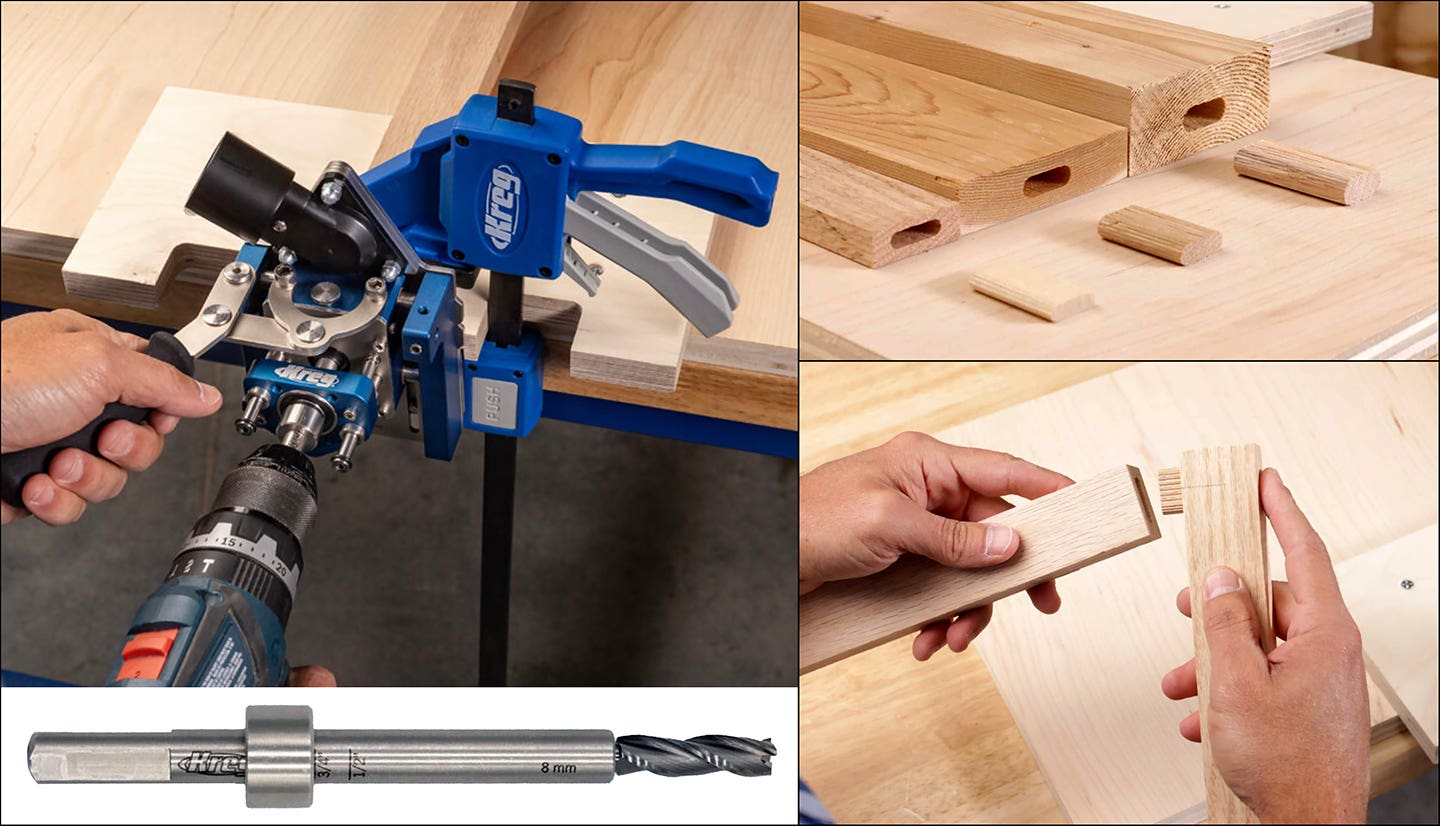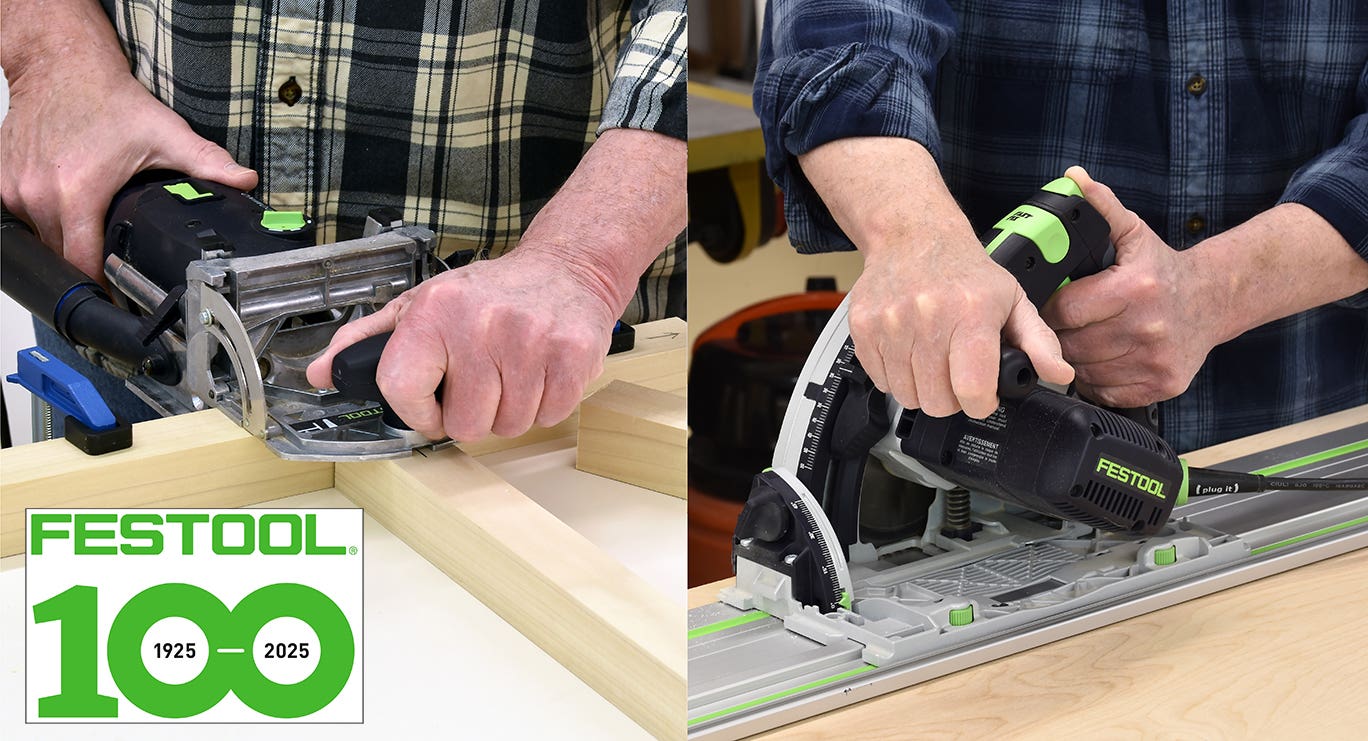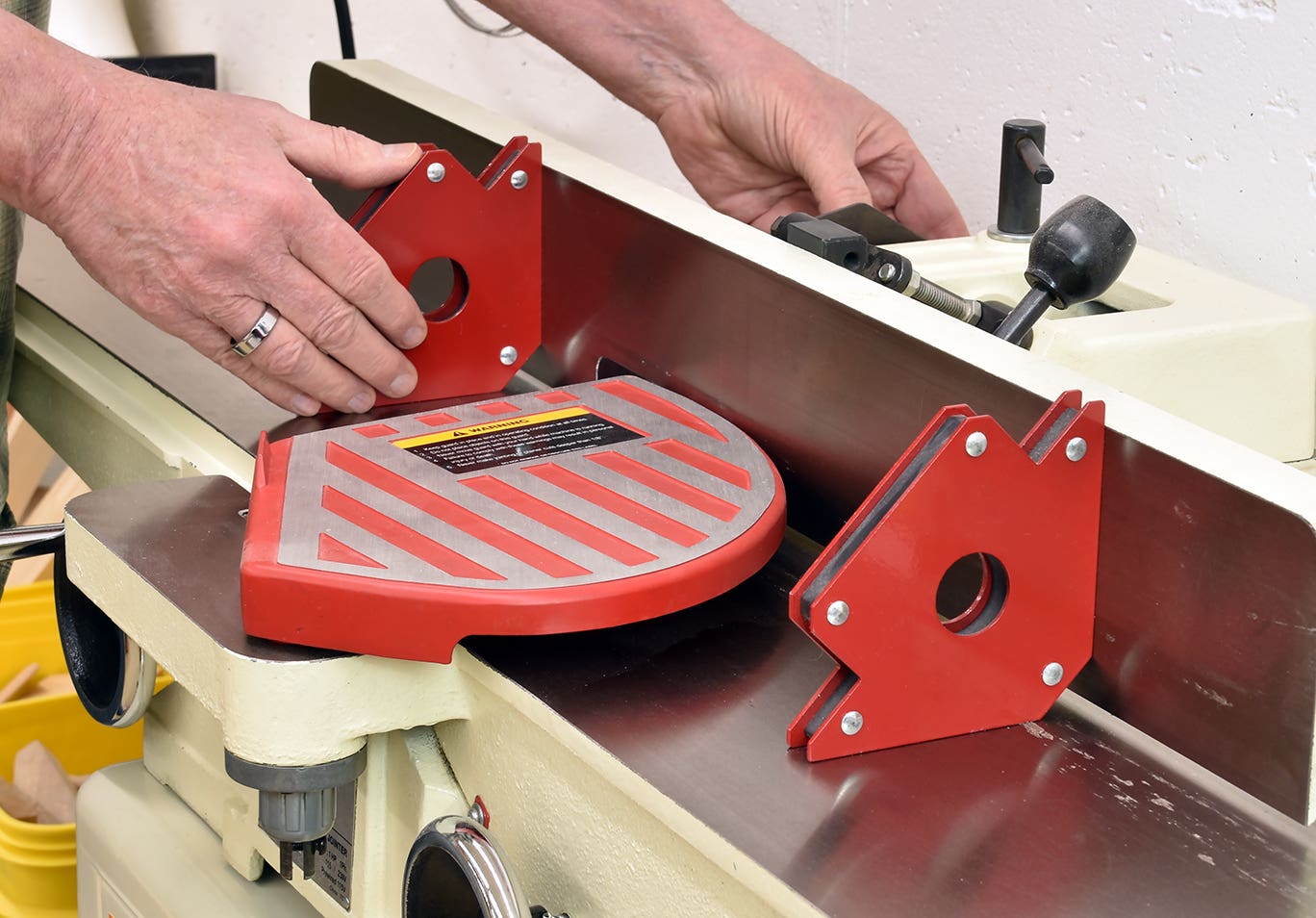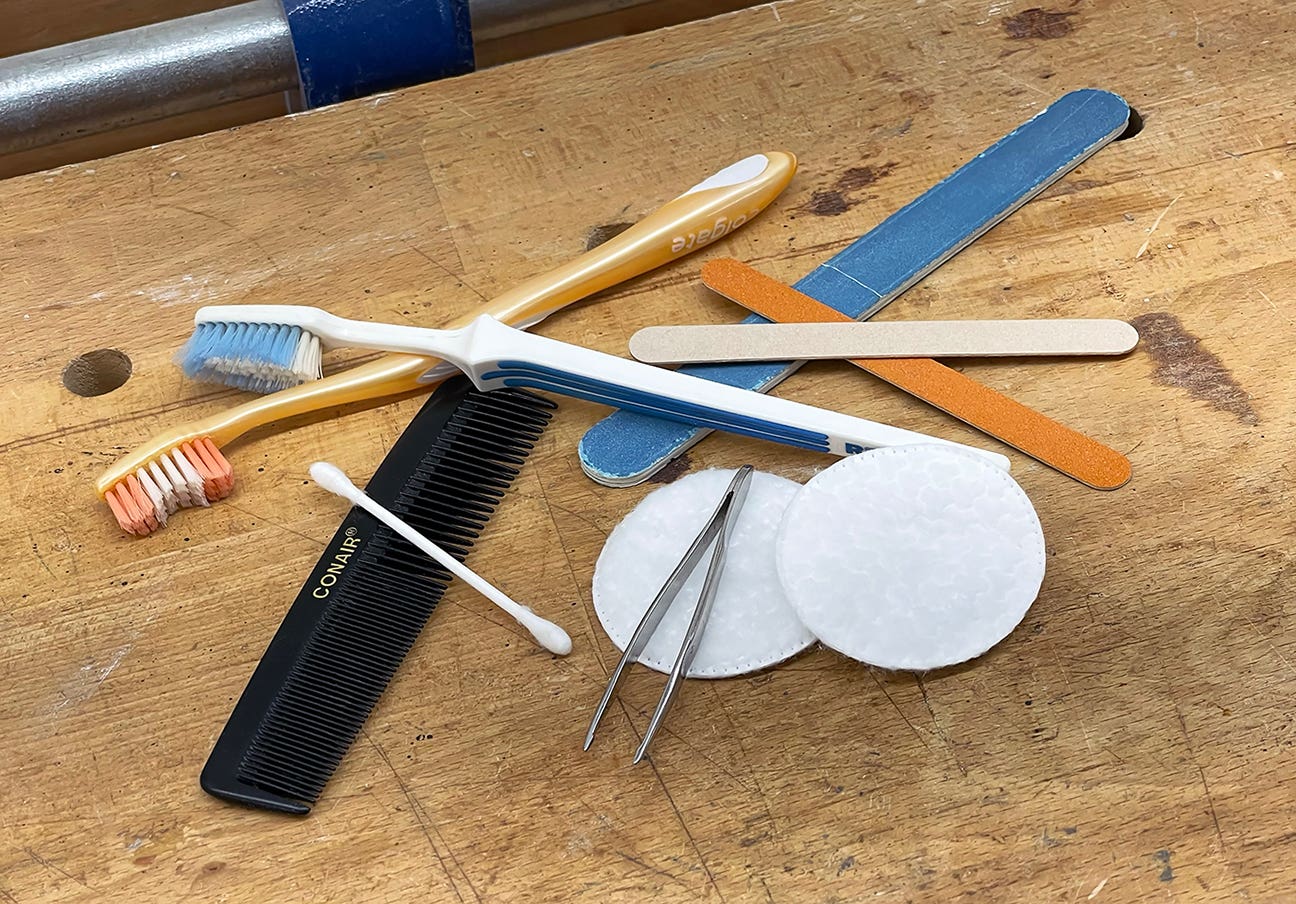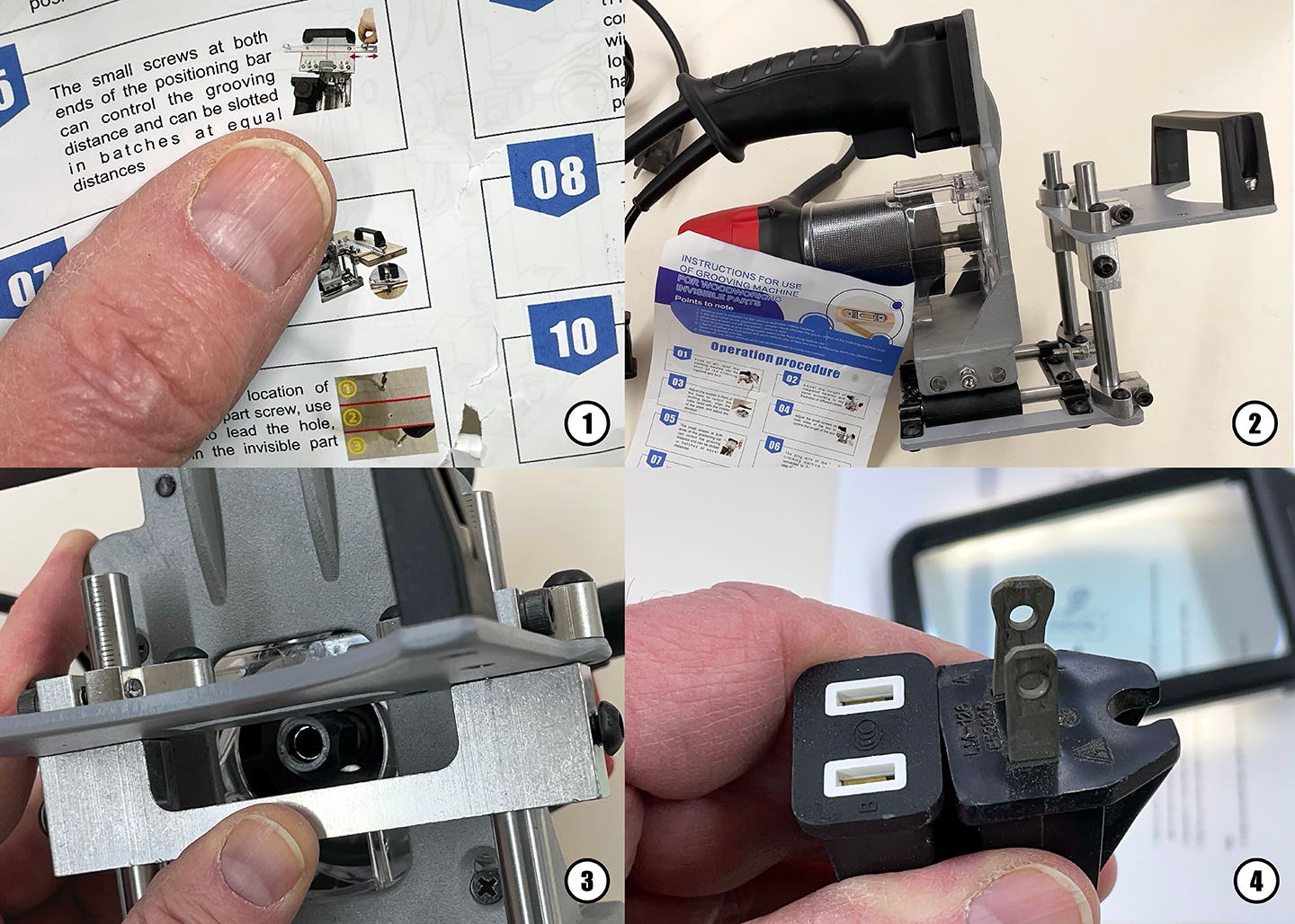Goliath enters the portable digital fabrication market
For small- and medium-sized woodworking shops, the decision factors involved in purchasing a CNC router generally involve three distinct factors. First is the cost of the technology including hardware, software and training costs relative to the projected productivity gains.
For small- and medium-sized woodworking shops, the decision factors involved in purchasing a CNC router generally involve three distinct factors. First is the cost of the technology including hardware, software and training costs relative to the projected productivity gains.
Second is the amount of space the new technology will occupy and how that will ultimately affect the workflow. A ‘clean room’, separated from the main shop, will also be necessary for a computer to run the design and manufacturing software.
Third are the skills necessary to complete designs of either cabinets or furniture with CAD software, then with CAM software to generate the tool paths and code needed to run the CNC router, and to operate the CNC router.
Thanks to recent innovations, there is new CNC technology that eliminates the first two decision factors.
The Goliath, for example, which resembles a router with wheels. After the code is loaded into the onboard computer, the Goliath runs by itself, as odd as that may seem. The only space required is for the sheet stock, and the Goliath can work on material up to 10’ x 8.5’.
The Goliath weighs about 20 lbs. and is made from aluminum and plastic. That’s not much heavier than a circular saw. It measures about 16” x 16” x 12”. Its size and weight make it convenient to carry around the shop or to the jobsite. The spindle is a palm router and there is an ER16 collet that accepts 1/4” bits. The Goliath will cut at 100 inches per minute up to a depth of 1-1/4”. The stepper motors are NEMA 23s, which are more than powerful enough to move this 20-lb. tool.
The materials that Goliath can machine are typical of most CNC routers, including sheet goods, solid wood, plastics and non-ferrous metals.
Machining means cutting and engraving. When cutting, the tool path sequences are opposite of what would be expected – profiling followed by pocketing and drilling. The sequence preserves an uninterrupted flat surface for the tool to move on.
Two sensor towers that are attached with cables determine the Goliath’s position. It has a tolerance of approximately 4/100” relative to the original plan, according to the manufacturer. It is compatible with most CAD and 2D drawing software, such as Inkscape or CorelDraw.
The concept for Goliath and its sensor towers derives from a graduate thesis by two engineering students. Development is being funded through a Kickstarter campaign. The Goliath will sell for $2,890.
Woodworkers now have two portable and relatively inexpensive digital fabrication tools – the Goliath and Shaper Origin - to pick from. The future is now, and it’s pretty exciting.
This article originally appeared in the December 2017 issue.


